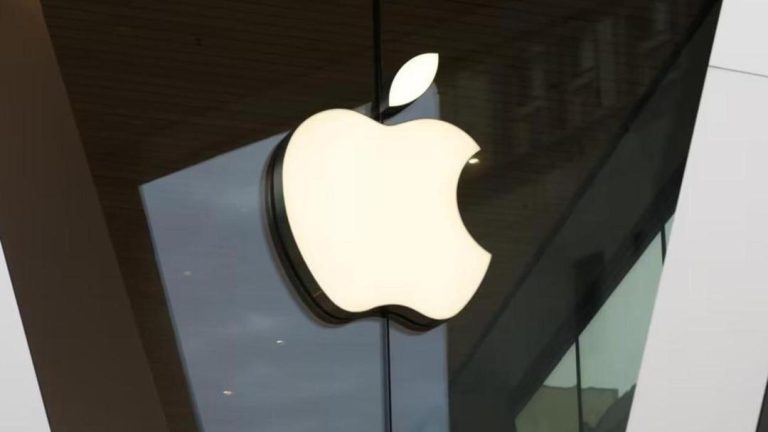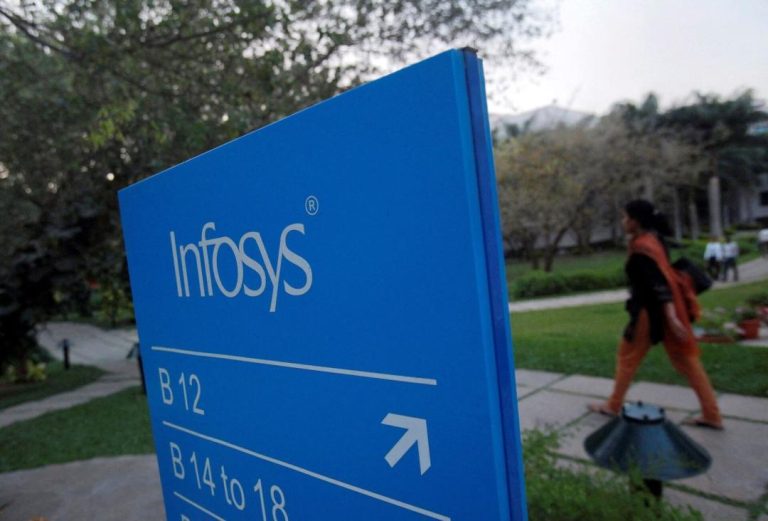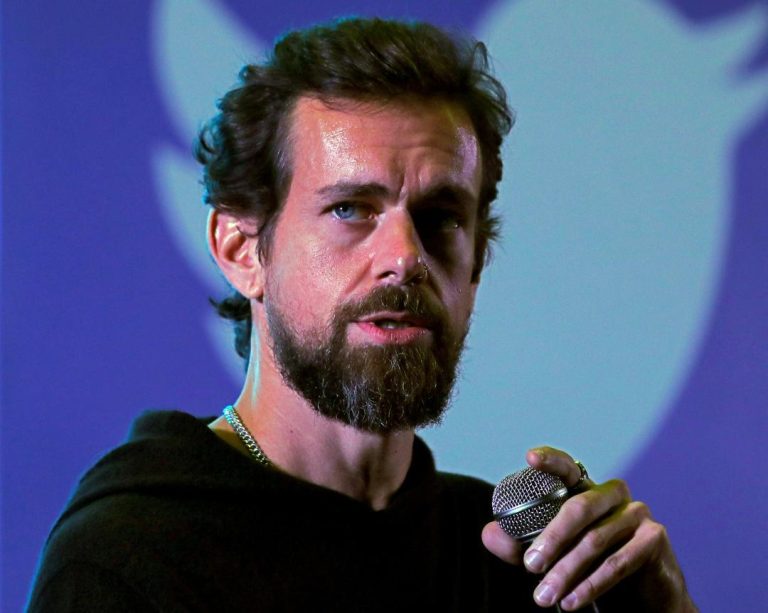
Insta Grabs Attention Fast; FB Builds Lasting Community & Loyalty
In today’s digital landscape, it’s no secret that social media is a crucial component of any successful marketing strategy. With billions of active users, social media platforms have become the go-to channels for businesses to reach their target audience, build brand awareness, and drive conversions. Among the most popular platforms are Instagram and Facebook, each with its unique strengths and user preferences. In this post, we’ll explore the differences between Instagram and Facebook, highlighting the benefits of each platform and how they can be leveraged to build both brand recall and loyalty.
Instagram: A Platform for Fleeting Attention
Instagram, acquired by Facebook in 2012, is a visual-centric platform that thrives on the concept of “fleeting attention.” By design, Instagram content is meant to be short-lived, with users scrolling through their feeds at an astonishing rate. A study by Hootsuite found that the average user spends around 53 minutes per day on Instagram, with 70% of users saying they use the platform to discover new products or services.
The platform’s ephemeral nature has led to a culture of instant gratification, where users expect to be entertained and informed in bite-sized chunks. Businesses can capitalize on this by creating visually appealing content that grabs attention quickly, such as eye-catching graphics, short-form videos, or engaging stories. However, this fleeting nature also means that Instagram content has a relatively short shelf life, making it essential to post regularly to maintain visibility.
Facebook: A Platform for Lasting Community & Loyalty
Facebook, on the other hand, is a platform that fosters dialogue and community engagement. With a larger user base and a more diverse range of content, Facebook has become the go-to platform for businesses looking to build lasting relationships with their audience. A study by Sprout Social found that 71% of online adults use Facebook, with 69% of those using the platform to connect with friends and family.
Facebook’s emphasis on community building is reflected in its features, such as comments, groups, and events. These features allow users to engage with one another, share content, and participate in discussions, creating a sense of belonging and loyalty. Businesses can leverage this by creating content that sparks conversations, hosting live sessions, and encouraging user-generated content. The platform’s algorithm prioritizes content that generates engagement, making it essential to focus on building a loyal community rather than just trying to grab attention.
The Importance of Both Platforms
So, which platform should businesses prioritize? The answer lies in understanding the unique strengths of each platform and the goals of their marketing strategy. Instagram is ideal for businesses looking to grab attention quickly, whether it’s promoting a new product, driving traffic to a website, or building brand awareness. Facebook, on the other hand, is better suited for businesses looking to build lasting relationships with their audience, foster community engagement, and drive loyalty.
In reality, businesses should be using both platforms to achieve their marketing goals. By leveraging Instagram’s immediacy to grab attention and Facebook’s stickiness to build loyalty, businesses can create a powerful one-two punch that drives brand recall and loyalty. A study by GrowthJockey found that 71% of consumers prefer email marketing and social media communication from brands, with 65% saying they are more likely to recommend a brand that engages with them on social media.
Conclusion
In conclusion, Instagram and Facebook are two distinct platforms that cater to different user preferences and engagement styles. While Instagram is ideal for grabbing attention quickly, Facebook is better suited for building lasting relationships and fostering community engagement. To build both brand recall and loyalty, businesses need to leverage the strengths of both platforms, creating a marketing strategy that balances attention-grabbing content with community-building initiatives.
By understanding the unique strengths of each platform and adapting their marketing strategy accordingly, businesses can create a powerful social media presence that drives engagement, loyalty, and ultimately, conversions.
Source:
https://www.growthjockey.com/blogs/instagram-vs-facebook-user-preferences-and-engagement






